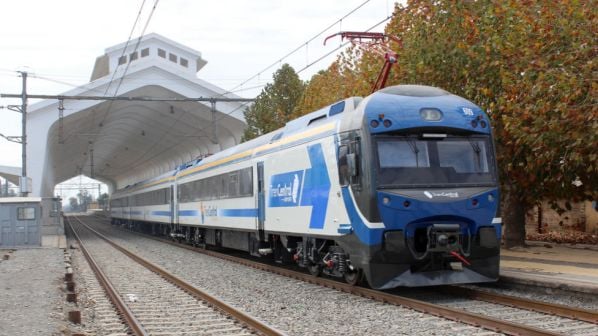IP’s proposed line would be more northerly than that of TSV, being routed through the environmentally-sensitive La Dormida pass in the coastal mountain range and includes a 16km tunnel. The line would be approximately the same length as that of the existing 116km highway. The project is costed at $US 1.4bn, substantially less than a similar proposal by EFE in 2006 priced at $US 4bn including taxes and contingency.
The TSV project was originally costed at $US 1.6bn, but then increased to $US 2.4bn, due to the inclusion of a new freight line to the port of San Antonio south of Valparaíso, which now handles more cargo than Valparaíso. Freight passing through San Antonio port is expected to increase in the future as the government has decided that a major port development will take place there. IP argues that rail freight between Santiago and San Antonio will be adequately taken care of by separate projects proposed by EFE.
Both IP and TSV say that their projects will not require any government financing.
Decline
Rail freight between Santiago and Valparaíso has dwindled to almost nothing since the mid-20th century, whilst the regular interurban passenger service was withdrawn in 1987. Although the the two cities are less than 100km apart, the existing railway is 187km long as it was designed to avoid steep gradients through the coastal mountain range.

